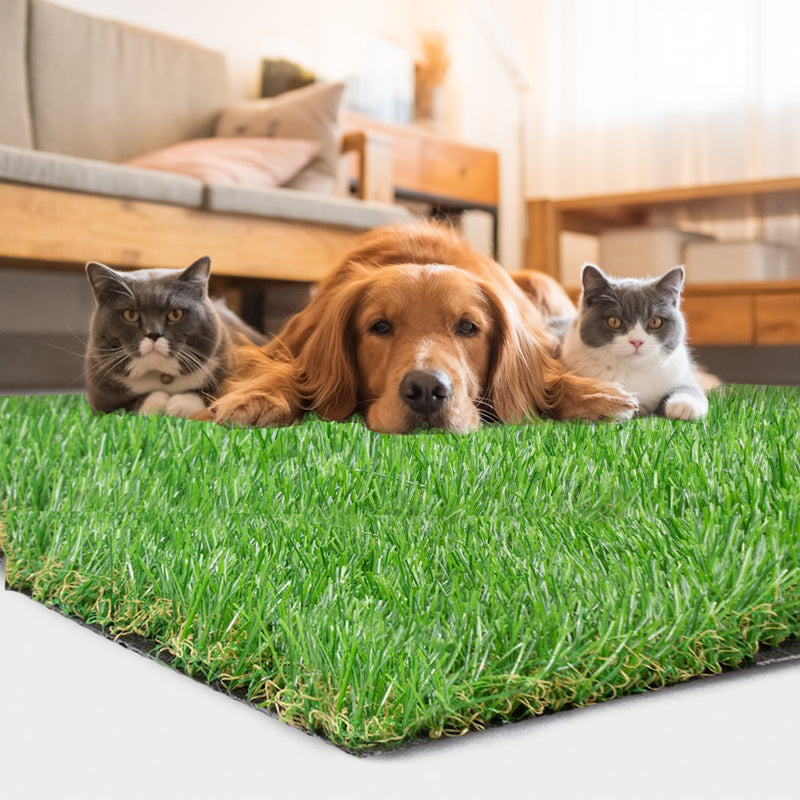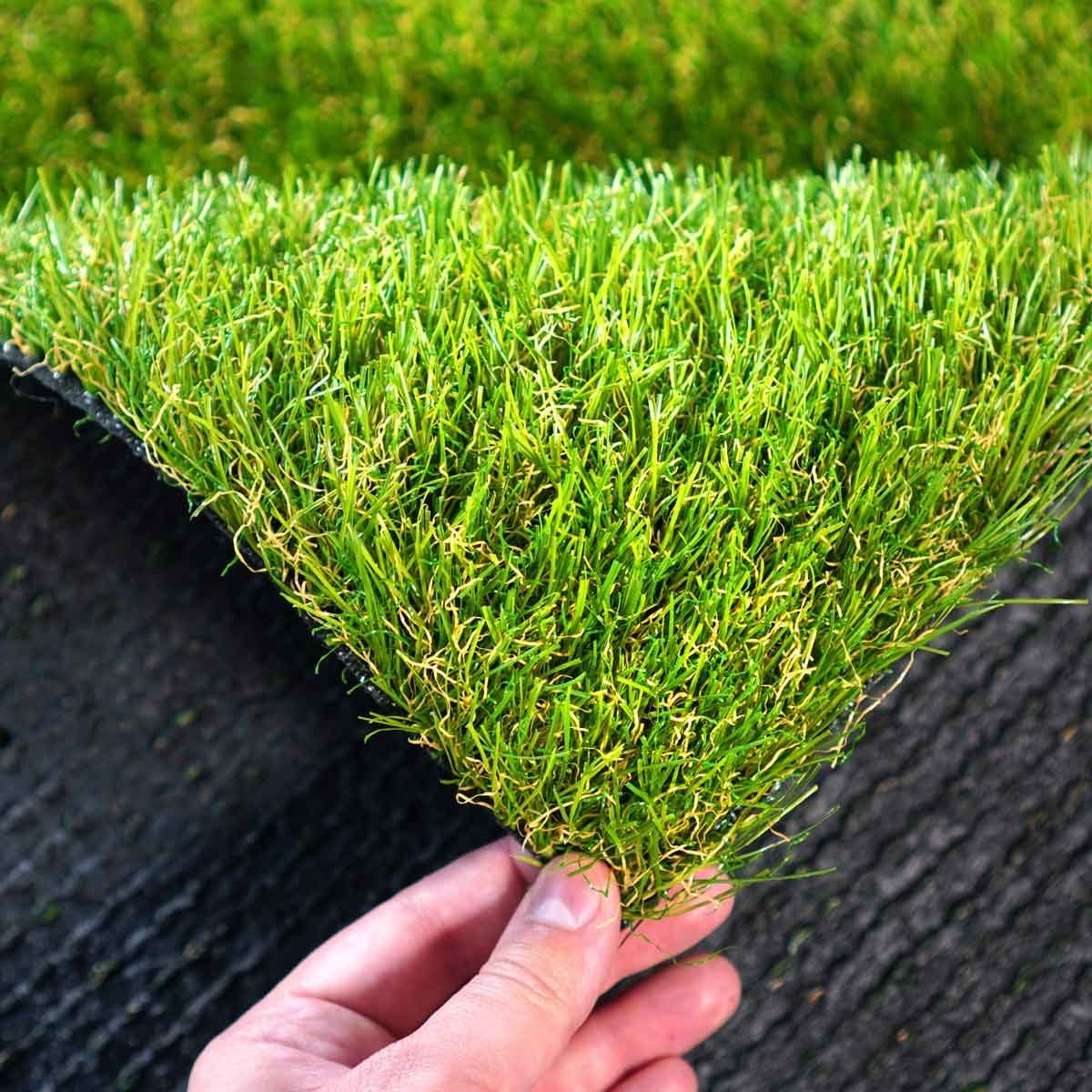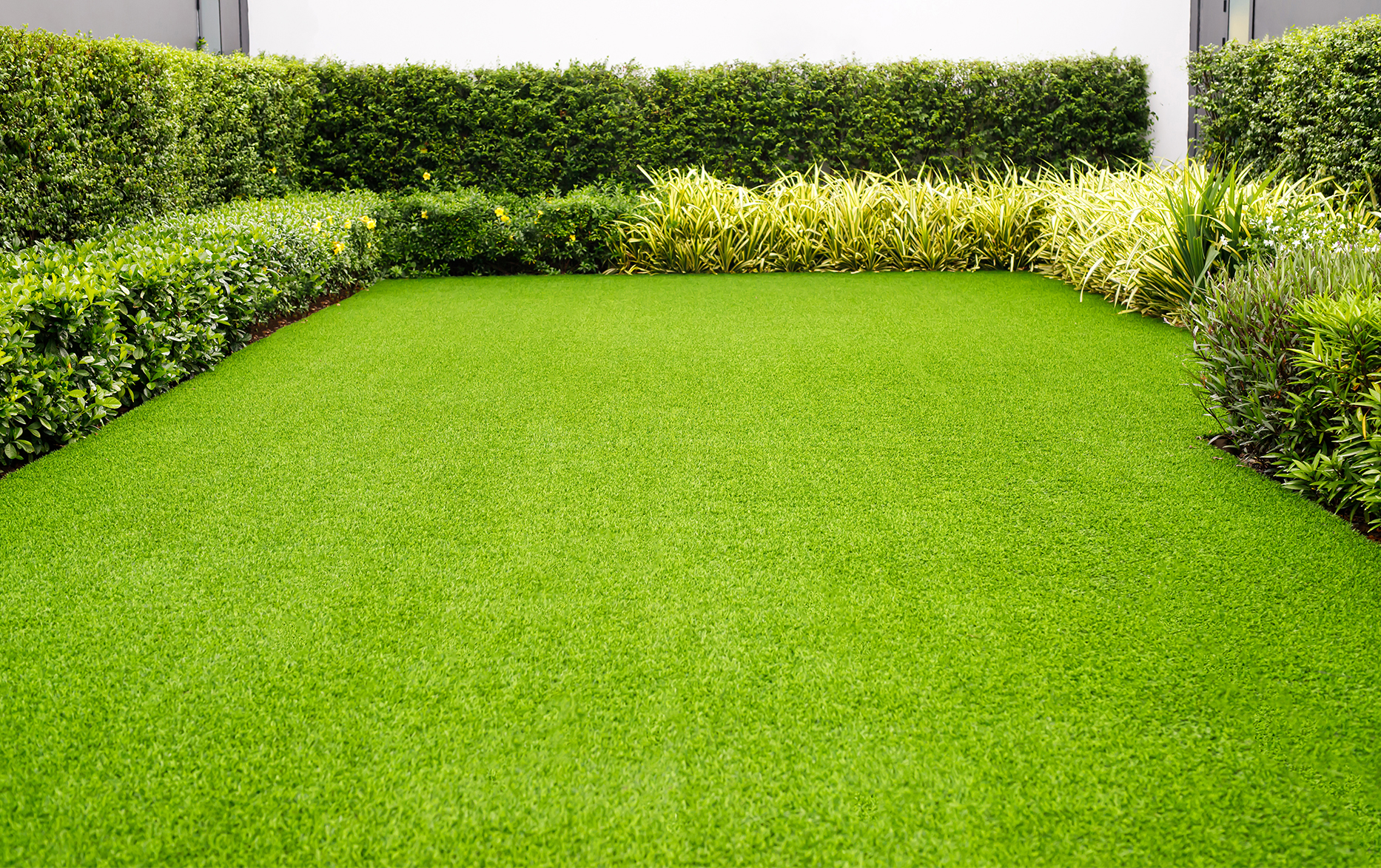Premium Arizona Turf Solutions for a Attractive and Green Landscape
Premium Arizona Turf Solutions for a Attractive and Green Landscape
Blog Article
Delve Into the Environmental Perks of Opting for Synthetic Grass Solutions
The fostering of fabricated lawn remedies offers an engaging opportunity to attend to pressing ecological challenges. By considerably decreasing water usage and reducing the application of hazardous chemicals, these alternatives not just advertise lasting landscape design yet additionally shield local communities. The lower carbon footprint linked with decreased maintenance activities adds to a more sustainable technique to land management. The implications of these advantages prolong beyond simple conservation initiatives, elevating concerns concerning their long-term impact on environment preservation and general environmental balance. Discovering these dimensions exposes a complex interaction worth considering.
Water Preservation Conveniences
One of the most considerable benefits of synthetic grass is its capability to save water. Conventional yard yards call for significant irrigation, specifically in locations susceptible to dry spell or water restrictions. In contrast, artificial lawn does not need watering, dramatically lowering the total need for water sources. This attribute is specifically beneficial in deserts where water deficiency is a pressing issue.
By removing the demand for routine watering, synthetic grass adds to lasting landscape methods and aids mitigate the environmental impact of extreme water intake. Furthermore, the preservation of water prolongs to the decrease of drainage, which can bring about soil disintegration and river air pollution.
Furthermore, the installation of fabricated turf allows towns and property owners to allocate water sources much more effectively, concentrating on necessary usages such as alcohol consumption water and farming. The change in the direction of synthetic turf not only promotes responsible water use but also straightens with more comprehensive ecological objectives focused on protecting natural deposits.
As neighborhoods significantly prioritize sustainability, the water conservation benefits of man-made turf provide an engaging case for its adoption in domestic and industrial landscaping jobs.
Lowered Chemical Use
The shift to synthetic grass significantly lowers the dependence on chemical treatments frequently utilized in natural yard maintenance. Conventional lawn monitoring normally includes the application of chemicals, herbicides, and fertilizers to advertise growth and control pests. These chemicals can posture dangers to human wellness, local wild animals, and the atmosphere, adding to dirt and water contamination.
In comparison, fabricated turf gets rid of the need for these harmful substances. By lessening the launch of synthetic substances into the ecological community, artificial lawn advertises much healthier soil and water systems.
Additionally, the absence of chemical drainage related to synthetic turf installations assists secure regional rivers from pollution, supporting aquatic life and maintaining biodiversity. Phoenix turf companies. As communities progressively focus on lasting techniques, choosing synthetic grass provides a practical remedy that straightens with ecological conservation goals. With this shift, residential or commercial property owners can enjoy lush eco-friendly spaces without endangering eco-friendly wellness, leading the way for a much more sustainable future
Lower Carbon Footprint

Additionally, the setup of artificial grass can cause substantial water conservation. All-natural yards need considerable amounts of water for watering, which not just includes in the carbon footprint associated with water removal and therapy but likewise strains neighborhood water resources. On the other hand, fabricated grass requires marginal maintenance, requiring no watering, thereby substantially minimizing water usage and its associated energy expenses.
Furthermore, the durability of synthetic grass adds to its lower carbon impact. With a life expectancy of approximately 15 years or even more, the need for frequent substitutes is reduced, resulting in much less waste and reduced energy usage in production and taking care of read what he said conventional grass alternatives. Generally, fabricated grass provides a lasting choice for eco conscious landscape design.
Environment Preservation
Habitat preservation is a critical factor to consider in the argument over landscaping choices, specifically when comparing fabricated turf to all-natural lawn. Natural grass lawns often call for considerable maintenance, including making use of herbicides, fertilizers, and pesticides, which can negatively influence local ecological communities. These chemicals can seep into the dirt and rivers, harming native flora and fauna and interrupting local habitats.
In comparison, synthetic grass provides a possibility to minimize the environmental impact advice of landscape design. By selecting artificial yard, property owners can lessen the disruption of all-natural habitats connected with typical grass care techniques. Artificial lawn eliminates the requirement for hazardous chemicals, thereby securing neighboring wildlife and keeping the integrity of bordering ecological communities. The installment of synthetic turf can lead to the conversion of former grass locations right into more biodiverse landscapes, such as pollinator gardens or native plant areas, which can support regional wildlife.
Ultimately, the change to artificial turf not just conserves water and decreases upkeep efforts however also promotes a much more unified relationship between human activities and the all-natural environment, advertising environment preservation while doing so.
Long-Term Sustainability
Long-term sustainability is an important consider evaluating the benefits of synthetic grass over typical yard yards. Among one of the most significant benefits of synthetic grass is its resilience; it can last as much as 15-20 years with minimal maintenance, whereas all-natural turf calls for constant reseeding and substitute. This durability reduces the requirement for consistent sources, such as water, fertilizers, and pesticides, which are vital for maintaining a healthy and balanced turf lawn.
Furthermore, synthetic grass contributes to a decrease in carbon exhausts linked with yard treatment devices. Conventional yards frequently require gas-powered lawn mowers, trimmers, and blowers, every one of which contribute to air pollution. Turf installation phoenix az. In comparison, synthetic lawn removes the demand for such equipment, advertising a cleaner setting
Furthermore, the production of synthetic grass significantly utilizes recycled materials, boosting its sustainability profile. As suppliers take on green methods, the ecological footprint of synthetic grass continues to lessen.

Verdict
The why not try this out adoption of synthetic grass services provides significant ecological advantages, including significant water conservation, decreased dependence on unsafe chemicals, and a reduced carbon footprint. Furthermore, fabricated grass aids in maintaining all-natural habitats by lessening land disruption and promoting long-term sustainability with making use of sturdy materials. Collectively, these factors highlight the capacity of fabricated lawn to contribute positively to environmental health and wellness and use a viable choice to typical landscaping techniques in a significantly resource-conscious globe.
In contrast, fabricated lawn does not need watering, significantly decreasing the total demand for water sources. By lessening the release of synthetic substances into the environment, artificial lawn promotes healthier dirt and water systems.
Additionally, the setup of fabricated grass can result in significant water preservation. In comparison, synthetic grass requires minimal upkeep, requiring no watering, consequently significantly minimizing water usage and its associated power expenses.

Report this page